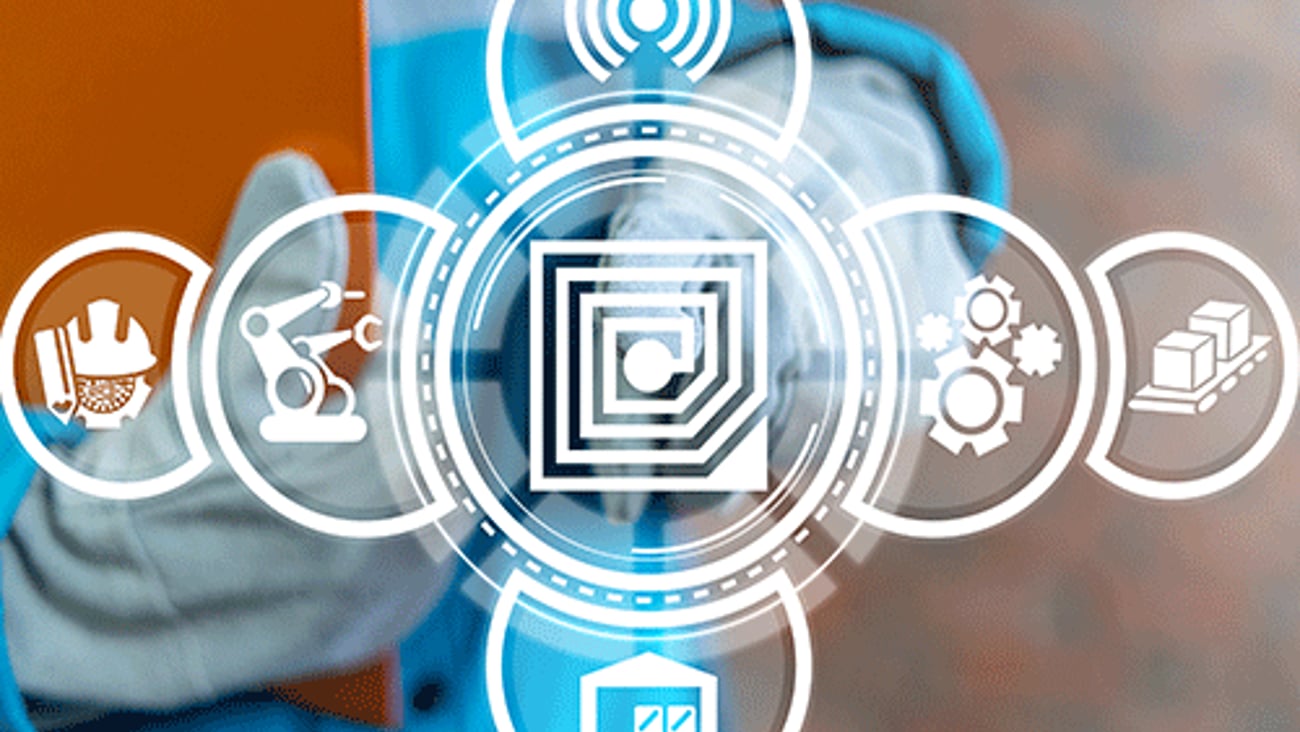How AI, supply chain and checkout are faring so far in 2024
As we enter the second half of 2024, it’s worth checking in on a few key retail technology trends.
In January, I wrote a column identifying artificial technology, supply chain disruption, and in-store checkout as three areas of retail tech to watch in 2024. Having slightly exceeded the half-year point, I thought it would be interesting to revisit these three retail technology topics to see where things stand and where they’re headed for the third and fourth quarters of the calendar year.
AI gets more routine
In another January column, I wrote that AI was not yet plumbing (something you assume is there and never think about unless it breaks), but was also not yet routine despite its universal presence across the enterprise.
Six months later, AI still isn’t plumbing, but is definitely becoming a more routine retail tool. This is evidenced by the usage of AI spreading to regional retailers, such as Northeast supermarket chain Tops Friendly Supermarkets, which has been deploying AI technology to support individualized emails and unique promotional offers.
Another regional grocer, the 20-store Utah chain Harmons, is leveraging AI to track and analyze data streams such as sales, expenses, and staffing into a single “source of truth.”
On the consumer side, Apple recently unveiled a proprietary AI system called Apple Intelligence which is focused on the needs of individual users. Apple said the new platform combines generative AI with "personal context" to deliver "useful and relevant" capabilities that run directly in the user device, positioning AI to become an everyday tool for activities such as texting and Internet search.
AI still isn’t at the level of turning on the faucet, but the novelty is beginning to fade.
Supply chain disruption – mitigating a slow recovery
The global supply chain has recovered from the peak disruption levels of 2020 and 2021 and continues slow but steady improvement, but it still does not function as smoothly as it did pre-2020. It also remains prone to shocks from ongoing global instability and climate events.
[Read more: Import cargo continues to rise — so do supply chain challenges]
One way retailers are trying to overcome the negative impact of continuing disruption is by partially or fully automating fulfillment and distribution facilities. Two Tier I chains, Walmart and JCPenney, are following this remedial strategy.
Walmart recently opened its fourth next-generation fulfillment center. The high-tech facility (a fifth is planned to open by 2026) features an automated, high-density storage and retrieval system that streamlines a manual, 12-step process down to five steps. It also offers double the storage capacity and twice the number of customer orders Walmart can fulfill in a day, expanding next- or two-day shipping.
And as part of a self-funded $1 billion reinvestment strategy, JCPenney recently unveiled a new upgrade to its 1.67 million-sq.-ft. Reno distribution center.
The centerpiece of the upgrade is the implementation of the SDI Joey Pouch computerized induction, sorting and packing system. The solution includes new induction process technologies, a fully automated sorter to assemble orders, and a new packing system that includes invoice and shipping label printing for each order in the station.
Bringing checkout to the customer
Two checkout trends that have maintained their momentum during 2024 are moving checkout beyond the traditional staffed terminal, and scaling back the use of self-checkout kiosks which are often clunky to use and easy to fool by customers and employees with bad intentions.
However, frictionless solutions that use tools such as computer vision and shelf sensors to automatically track consumer purchases and collect payment when they leave seem to be finding a niche in convenience stores and arena and airport concessions stores, with some loss of momentum in the grocery sector.
One frictionless checkout technology that grocers are increasingly warming up to is AI-equipped “smart carts” let shoppers bag and pay from anywhere in the store, with their shopping cart tracking their purchases and sometimes even offering targeted suggestions and discounts.
Across the industry, retailers continue to employ a unified commerce operating model which centralizes management of omnichannel retailing activities from the in-store POS, which does not have to be fixed.









